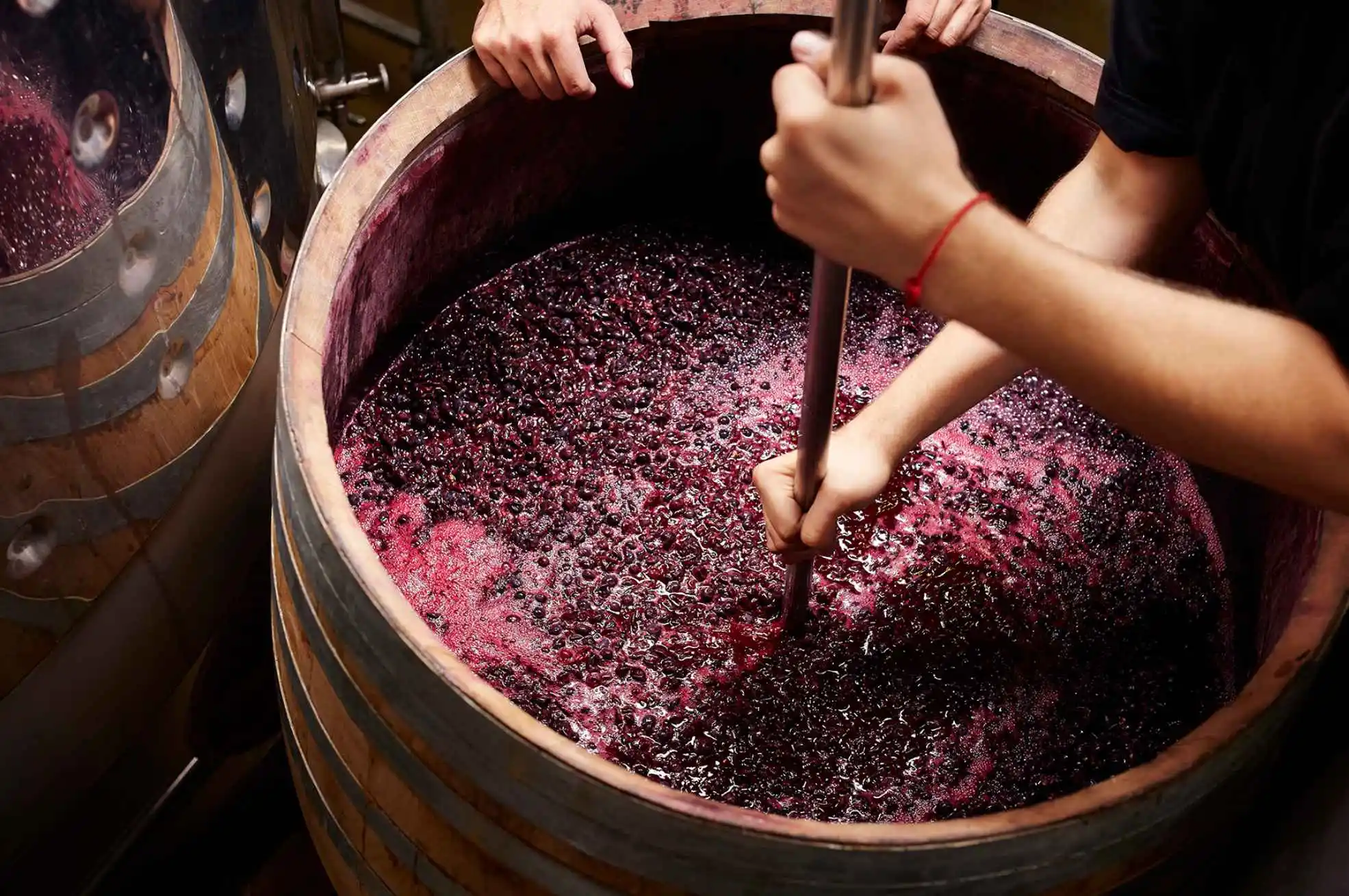In 2023, global wine production fell by 10%, reaching its lowest point since 1961 with a harvest of 237 million hectoliters.
This information is sourced from the International Organisation of Vine and Wine (OIV), a leading authority in global wine and vine data.
Consumption fell by 3%, marking a difficult year worldwide. Italy and Spain experienced significant declines of 23% and 21% due to harsh weather.
John Barker, director of the OIV, linked these declines to severe environmental issues such as droughts, floods, and wildfires.
These events significantly lowered yields in both hemispheres. Specifically, Chile, Australia, and South Africa each faced over 10% reductions, while Argentina recorded a 23% drop, the lowest since 1957.

In contrast, Brazil showed remarkable resilience, boosting its wine production by 12.1% from the previous year and exceeding the five-year average by 31.4%.
This surge occurred as Southern Hemisphere nations anticipate a 5% production recovery in 2024.
Meanwhile, France raised its output by 4%, maintaining its lead as the top global producer.
On the consumption front, global figures declined to 221 million hectoliters, the least since 1996. Only a few countries, like Spain, observed growth.
In South America, Brazilian wine consumption rose by 11.6% to pre-pandemic levels, while Argentina’s fell to a record low, dropping by 6.2%.
Brazil Defies Global Wine Production Decline
The trend of falling global wine demand has persisted since 2018 and was briefly interrupted in 2021 when COVID-19 restrictions lifted.
However, inflation aggravated this trend by raising production costs and consumer prices.
Lifestyle and demographic changes also influenced consumption, especially in high per capita consumption countries like Portugal, France, and Italy.
Wine exports decreased by 6% in volume, hitting their lowest mark since 2010. This decline could be attributed to increased export prices.
Meanwhile, the global vineyard space continued to contract, decreasing by 0.5% to 7.2 million hectares.
Conversely, Brazil expanded its vineyard area by 1.5% to 83,000 hectares, defying global trends.
Despite climate challenges impacting grapevines, Brazil’s wine industry shows significant adaptability and growth potential amid global shifts.

